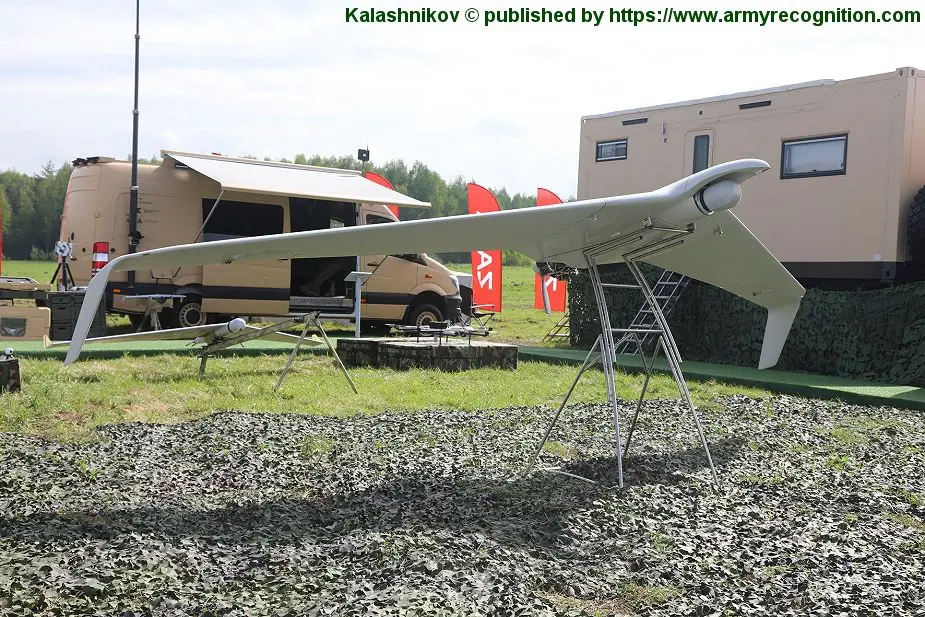Breaking news
Canada and Russia to deploy surveillance drones in the Arctic.
The two Arctic countries aim to increase their surveillance capabilities in the region and are actively developing and acquiring drone technology, but operating UAVs in the region’s harsh environment will be a real challenge.
 Intelligence and surveillance drone ZALA 421-16Е5 (Picture source: Kalashnikov)
Intelligence and surveillance drone ZALA 421-16Е5 (Picture source: Kalashnikov)
Extreme weather, high winds, low temperatures, long period of darkness in winter months, limited and unreliable satellite communication/ navigation … are significant obstacles to the operation of UAVs in the Arctic region. “The Arctic region poses significant challenges in regards to the control of UAVs given issues pertaining to satellite control line-of-sight issues and the general lack of existing ground infrastructure,” explains Rob Huebert, associate professor at the University of Calgary and a senior research fellow with the Centre for Military and Strategic Studies.
Canada confirmed that it has submitted an official bid to acquire a high-altitude surveillance UAV prototype from Northrop Grumman (Germany). The drone may be part of Canada’s plan to improve its surveillance capabilities in the Arctic. The country is in the midst of a five-year $133 million upgrade of its Arctic monitoring systems to enhance the military’s air, maritime, and subsurface awareness in the region. According to Canada’s Department of National Defence the existing Arctic surveillance system, which covers 75 percent of the country’s coastline, will require significant upgrades and replacements by 2025.
At the end of 2018 the Russian defense manufacturer Kalashnikov revealed two newly developed Arctic patrol drones. The drones are based on the Zala Aero drones and are modified to operate in extremely low temperatures and high wind conditions. Russia’s vessels are specially adapted to navigating without the use of global satellite-based navigation systems which are often unreliable in the polar regions. For that purpose the drones use a newly developed system, named GIRSAM system, when GPS and GLONASS are not available.



















